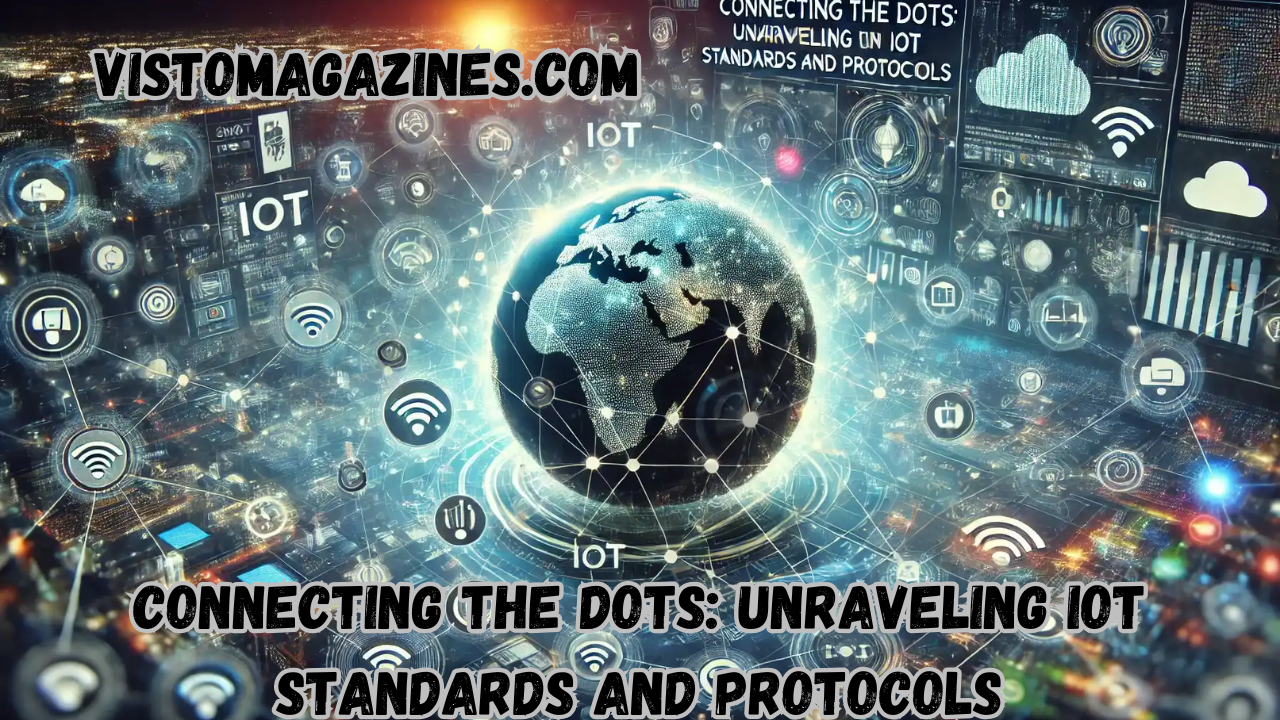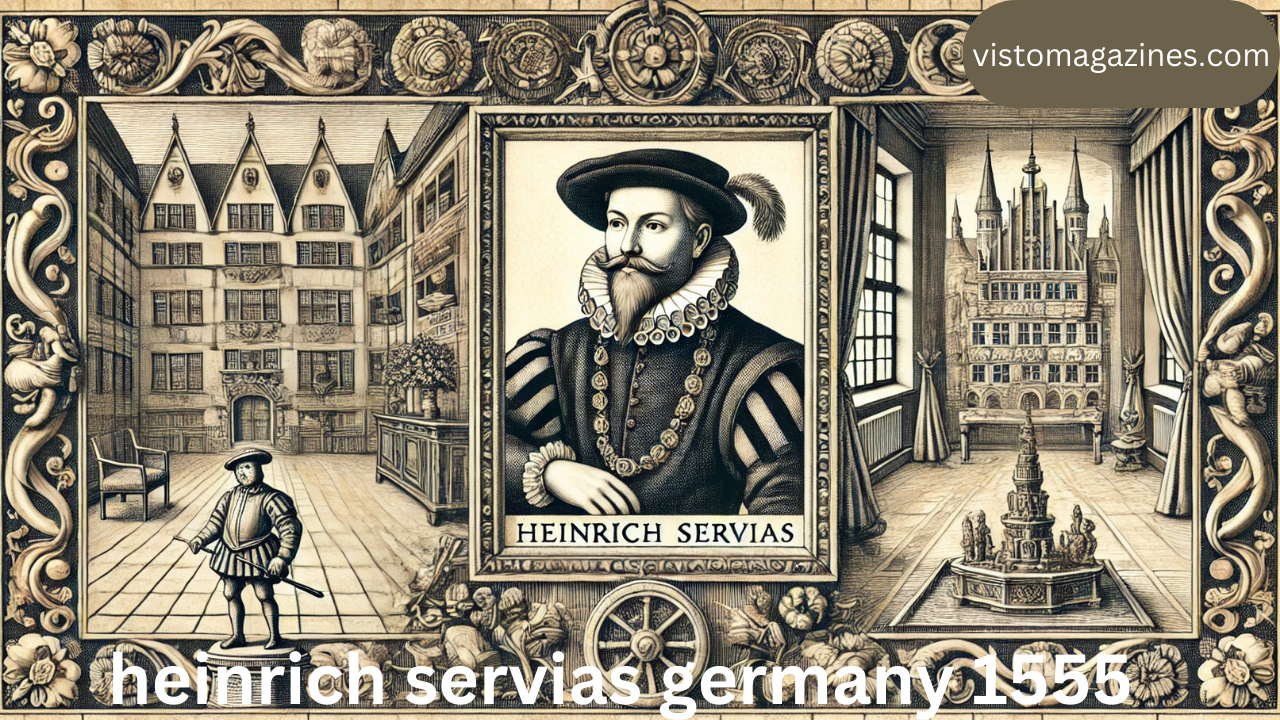Connecting the Dots: Unraveling IoT Standards and Protocols
Introduction: The Critical Role of IoT Standards and Protocols in a Connected World
The Internet of connecting the dots: unraveling iot standards and protocols Things (IoT) is transforming the way we interact with the world around us. From smart homes to industrial applications, IoT technologies are interconnecting devices and systems, making them smarter, more efficient, and capable of exchanging data in real time. However, for IoT to reach its full potential, it is essential to have a common set of standards and protocols that ensure seamless communication across diverse devices and platforms. This article will explore the importance of IoT standards and protocols, the different types that exist, and how they work together to make the IoT ecosystem functional.
1. What Are IoT Standards and Protocols?
Standards in the context of IoT refer to agreed-upon guidelines or specifications that govern how devices, platforms, and systems communicate, operate, and integrate within an IoT ecosystem. These standards help ensure interoperability, security, and scalability. Without such standards, devices from different manufacturers or different industries may fail to communicate effectively, limiting the potential of IoT.
Protocols, on the other hand, are the technical rules that define the format, timing, and sequencing of messages exchanged between devices. IoT protocols establish how devices send and receive data, how the data is structured, and how devices ensure reliable communication, even in noisy or congested networks.
Together, standards and protocols lay the foundation for IoT systems, providing the necessary framework for devices and networks to function harmoniously.
2. Key IoT Protocols: Enabling Communication Across Devices
IoT protocols are crucial for the interoperability and seamless functioning of IoT systems. Some of the most widely used IoT protocols include:
2.1. MQTT (Message Queuing Telemetry Transport)
MQTT is a lightweight and efficient messaging protocol often used in IoT applications that require low bandwidth and low power consumption. It operates on a publish/subscribe model, where devices can publish data to a broker and subscribe to receive updates. MQTT is widely used in smart home systems and industrial IoT (IIoT) due to its simplicity and scalability.
2.2. CoAP (Constrained Application Protocol)
CoAP is designed for devices with limited resources, such as sensors or low-power devices. It operates similarly to HTTP but is optimized for constrained environments, making it ideal for IoT applications with small devices or networks that require minimal power consumption. CoAP supports request/response interactions and is often used in smart cities, agriculture, and environmental monitoring.
2.3. HTTP/HTTPS (HyperText Transfer Protocol)
Although HTTP is not specifically designed for IoT, it remains a widely adopted protocol for transmitting data over the internet. HTTP/HTTPS allows devices to communicate over web-based applications, making it useful for cloud-based IoT solutions. HTTPS, the secure version of HTTP, ensures encrypted communication, which is critical for protecting sensitive IoT data.
2.4. Bluetooth and Bluetooth Low Energy (BLE)
Bluetooth is commonly used for short-range communication between IoT devices, particularly in applications like wearables and smart home devices. Bluetooth Low Energy (BLE) is a more energy-efficient version of Bluetooth, making it ideal for battery-powered IoT devices. BLE is widely used in applications where power efficiency is crucial, such as health monitoring and asset tracking.
2.5. Zigbee and Z-Wave
Zigbee and Z-Wave are both short-range communication protocols designed for home automation. They are often used in smart home devices, including lighting, security systems, and appliances. Zigbee operates on IEEE 802.15.4, while Z-Wave is a proprietary protocol with a focus on low power consumption and ease of integration.
2.6. LoRaWAN (Long Range Wide Area Network)
LoRaWAN is a long-range, low-power protocol designed for IoT devices in remote locations. It enables communication over large distances, making it ideal for use in agriculture, logistics, and environmental monitoring. LoRaWAN operates in unlicensed radio frequency bands, which reduces the need for expensive infrastructure.
3. Understanding IoT Standards: Ensuring Interoperability and Security
IoT standards ensure that devices from different manufacturers can work together within the same network, leading to a seamless user experience. These standards cover a wide range of areas, from communication protocols to data formats, security, and privacy.
3.1. IEEE 802.15.4: The Foundation of Low-Power IoT Networks
IEEE 802.15.4 is a standard that defines the physical and MAC (Medium Access Control) layers for low-power wireless communication, forming the basis for many IoT protocols such as Zigbee and Thread. It is crucial in enabling devices to communicate with low power consumption, which is essential for battery-operated IoT devices.
3.2. IETF Standards: Ensuring Security and Interoperability
The Internet Engineering Task Force (IETF) is responsible for developing many of the protocols used in IoT systems. The IETF’s work includes defining standards like IPv6 (Internet Protocol version 6) to ensure that IoT devices can scale globally with unique IP addresses. The IETF also focuses on ensuring secure communications, with standards like TLS (Transport Layer Security) and DTLS (Datagram Transport Layer Security) for protecting IoT data in transit.
3.3. OneM2M: A Global Standard for IoT Communication
OneM2M is a global standard for machine-to-machine (M2M) and IoT communications, aiming to provide a unified platform for device interoperability. It covers everything from data models to network architecture and is widely used in smart cities, transportation, and industrial applications. OneM2M supports a range of IoT protocols and ensures that devices from different manufacturers can communicate seamlessly.
3.4. Data Format Standards: JSON and XML
Data format standards like JSON (JavaScript Object Notation) and XML (Extensible Markup Language) are essential for organizing and transmitting data between IoT devices and platforms. JSON is lightweight and easy to parse, making it the preferred choice for many IoT applications. XML, while more verbose, provides a highly structured format for complex data exchanges.
4. The Need for Security Standards in IoT
As IoT devices collect and exchange vast amounts of sensitive data, ensuring the security of this information is paramount. IoT security standards focus on encryption, access control, device authentication, and secure communication.
4.1. IoT Security Frameworks: Ensuring Safe Connectivity
Organizations like the IoT Security Foundation (IoTSF) and the European Union Agency for Cybersecurity (ENISA) have developed frameworks and guidelines for securing IoT systems. These include recommendations on device authentication, secure boot processes, and network security measures to prevent unauthorized access and data breaches.
4.2. End-to-End Security: Protecting Data Across the IoT Network
End-to-end security is critical in IoT systems, where data is transmitted from device to device and then to centralized platforms or cloud services. Protocols like TLS and SSL ensure that data is encrypted during transmission, preventing hackers from intercepting sensitive information. Secure device authentication and access control measures also help to ensure that only authorized users can interact with IoT devices.
5. Future Trends: The Evolution of IoT Standards and Protocols
As IoT technology continues to evolve, new standards and protocols are emerging to address the growing demands of the industry. The rise of 5G networks, for example, is expected to impact IoT connectivity, enabling faster and more reliable communication for a wider range of applications. Additionally, advancements in edge computing are shifting data processing closer to the source, requiring new protocols to handle real-time data analysis at the edge.
Moreover, the integration of AI and machine learning into IoT systems will likely introduce new challenges and opportunities for protocol development, as devices and systems become more autonomous and intelligent.
Conclusion: The Path Forward for IoT Standards and Protocols
IoT standards and protocols are the glue that holds the IoT ecosystem together, enabling devices, networks, and platforms to communicate and work in harmony. As the IoT landscape continues to evolve, it is essential for manufacturers, developers, and standardization bodies to collaborate and ensure that these protocols and standards keep pace with emerging technologies.
By connecting the dots between IoT standards and protocols, we can create a more secure, efficient, and scalable IoT ecosystem that benefits businesses, consumers, and industries worldwide. The future of IoT depends on continued innovation, collaboration, and the establishment of robust standards that ensure interoperability and security across the connected world.



